Follow live coverage of Spain vs Germany And Portugal vs France at Euro 2024 today
Whatever your opinion on Cristiano Ronaldo’s contribution to his nation’s tactical cohesion, there is no doubt that his physical profile defies his age.
Overcoming the 39-year-old’s tantrums during the half-time break of extra time, Ronaldo showed remarkable strike force to quickly recover from his penalty miss and step forward to take Portugal’s first penalty of the shootout.
Even among the most experienced players, you would expect Ronaldo’s heart to be racing ahead of his shot at redemption. However, the data revealed that the Portugal captain’s heart rate was at its peak. the lowest as he stepped up to take the penalty under high pressure.
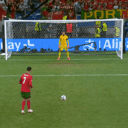
GO FURTHER
Cristiano Ronaldo: The story behind his two penalties at Euro 2024 – and why he changed his technique
This information was recorded using the WHOOP fitness tracker wearable, which uses physiological data to monitor an individual’s overall health. The device is typically worn on the wrist or arm and provides daily information on an individual’s sleep, blood pressure, and recovery parameters.
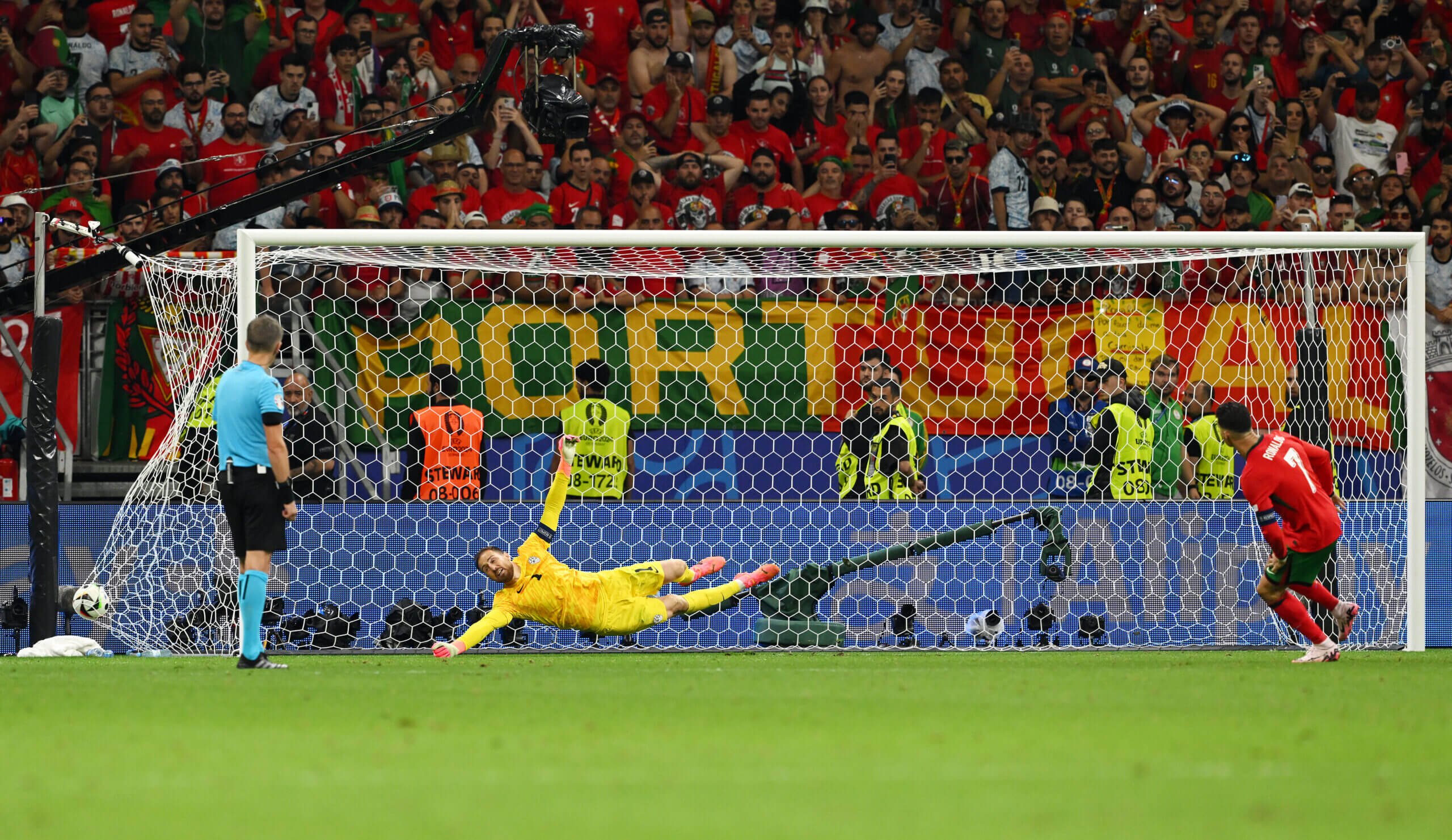
Ronaldo converts his penalty during the penalty shootout against Slovenia (Alexander Scheuber – UEFA/UEFA via Getty Images)
Ronaldo became a global ambassador and investor for the company in May this year, joining other football ambassadors such as Virgil van Dijk, Katie McCabe and Beth Mead, as well as those from the wider sporting world including Rory McIlroy and Michael Phelps, who regularly wear the device as part of their health monitoring.
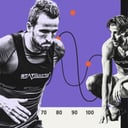
GO FURTHER
How the growth of wearable technology is transforming football
The graph below shows that Ronaldo’s heart rate was over 170 beats per minute (bpm) at the end of extra time, but the Portugal captain controlled his physiological state to bring it down to 100 bpm by the time he took the penalty. This rate rose to its highest level during the crescendo of Portugal’s penalty shootout victory (~170 bpm) when Bernardo Silva’s strike sent Portugal into the quarter-finals.
As a reminder, the resting heart rate of an elite athlete is significantly lower, often around 40 to 60 bpm. It can be even lower: Spanish cyclist Miguel Indurain, who won five Tours de France in the 1990s, had a resting heart rate of 28 bpm during his professional career.
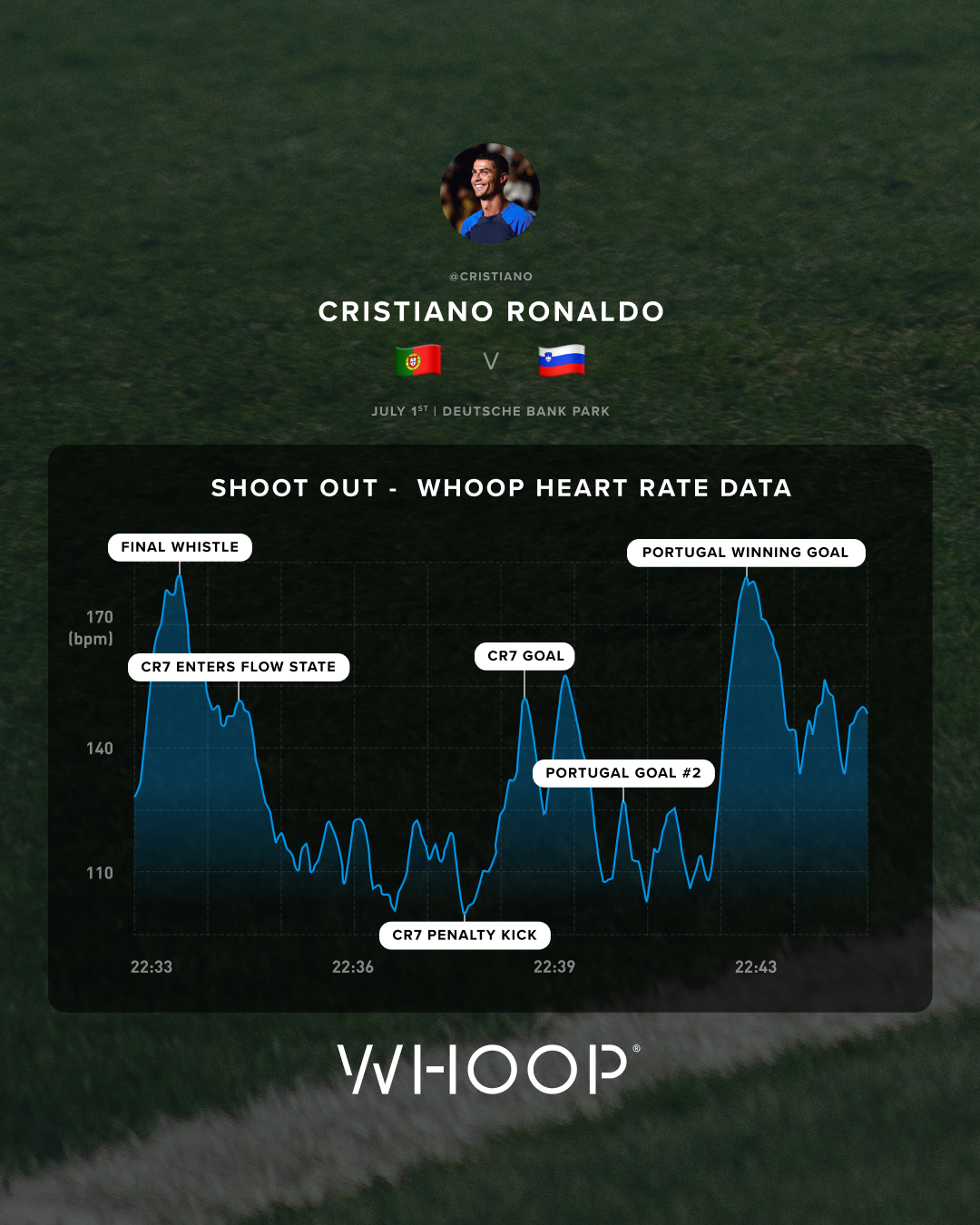
Ronaldo’s data has attracted a lot of media attention in recent days and some might argue that the 39-year-old’s heart rate simply dropped once his physical movements diminished at the end of extra time.
However, the breathing techniques Ronaldo uses to control his autonomic nervous system are intentional. You’ve probably seen it many times before: eyes closed, a deep breath in through the nose and a controlled exhalation through the mouth.
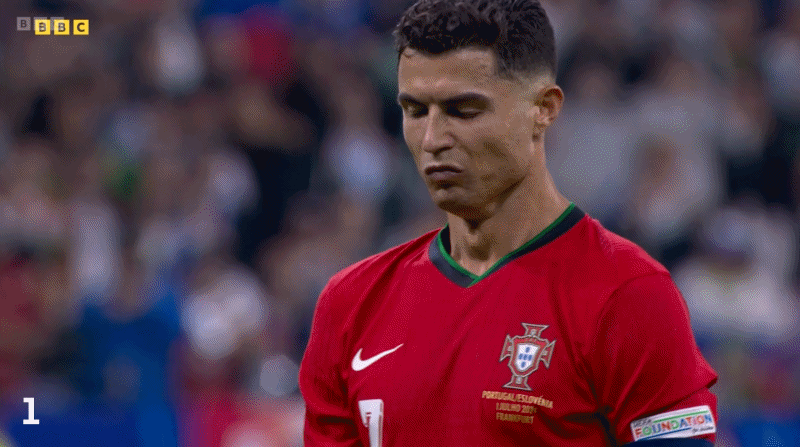
Why is it so effective?
“Because it calms you down,” Ronaldo said in a promotional interview with WHOOP. “When I do it, it controls my heart rate and brings it down. It’s something I practice and incorporate into my routine.”
“It’s something I always do in training, not just during matches, because it’s a habit. When you keep doing the same things, it becomes a habit, and that’s why I try to control my breathing every time.”
Along with other factors like proper hydration, a healthy diet, and regular sleep habits, studies show that slow breathing is a helpful method for reducing heart rate during times of stress or performance. The idea is that by taking fewer breaths per minute, ideally four to ten, a person’s body shifts into a more relaxed state, which can include increased heart rate variability and lower blood pressure.
This week the England team took part in a breathing session with expert Stuart Sandeman as a method to improve their physiological and psychological state.
It is the latest in a series of attempts to monitor and improve player wellbeing, after Gareth Southgate and his 26-man England squad were each given an Oura ring to wear during the summer, which provides an additional source of information to monitor health, recovery and sleep – much like the WHOOP device.
Rest and recovery
pic.twitter.com/OXbU2Es8IE
— England (@England) July 2, 2024
It’s hard to pinpoint whether Ronaldo was in a “flow state” at the time of the penalty, as the WHOOP graph suggests. Yet the term refers to a psychological state of being focused on a task, something that is closely associated with elite performance. Being in the zone, so to speak.
Functional MRI studies have shown that individuals have less activation in the prefrontal cortex during flow, an area of the brain associated with thinking and planning. In contrast, areas associated with attention and reward systems play a more important role in ensuring that an individual maximizes their control and positive performance.
Visualization can play an important role in accessing such a flow state and is a psychological exercise that has become increasingly important in recent years.

GO FURTHER
Why Jude Bellingham Walks Alone on the Pitch Before Matches
“Sometimes I do it to visualize some points that can happen in the match,” Ronaldo said in an interview. “Sometimes it’s my subconscious that does it by itself. It’s nice, you visualize some things, not just the match, even when you go to the stadium, during the warm-up, before the match, as well as during the match. It’s fun and I like to do it.”
At the highest level, small details matter. The difference between victory and defeat can be a matter of centimetres, milliseconds or a breath of air. At first glance, Ronaldo’s heart rate fluctuations during the crucial penalty shootout may seem insignificant, but scientific evidence supports the relationship between a player’s physiological state and their athletic performance.
Of course, that won’t stop our hearts from beating faster as we watch the drama unfold.
(Top photo: Robbie Jay Barratt – AMA/Getty Images)